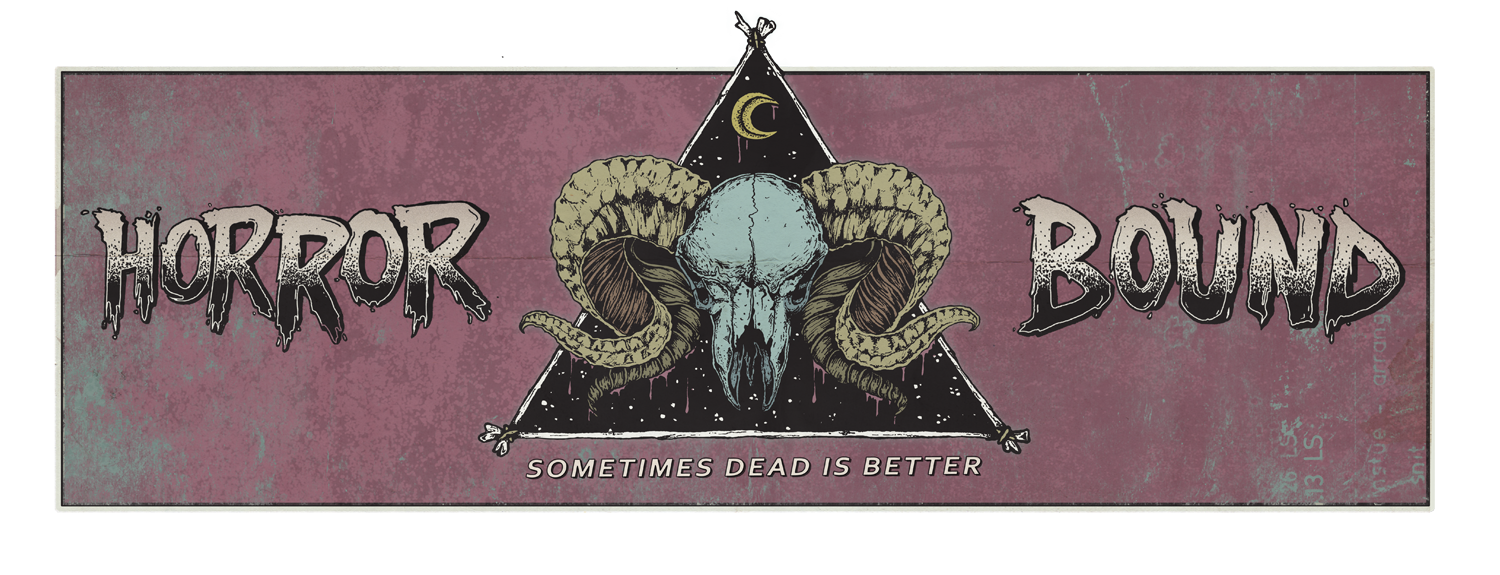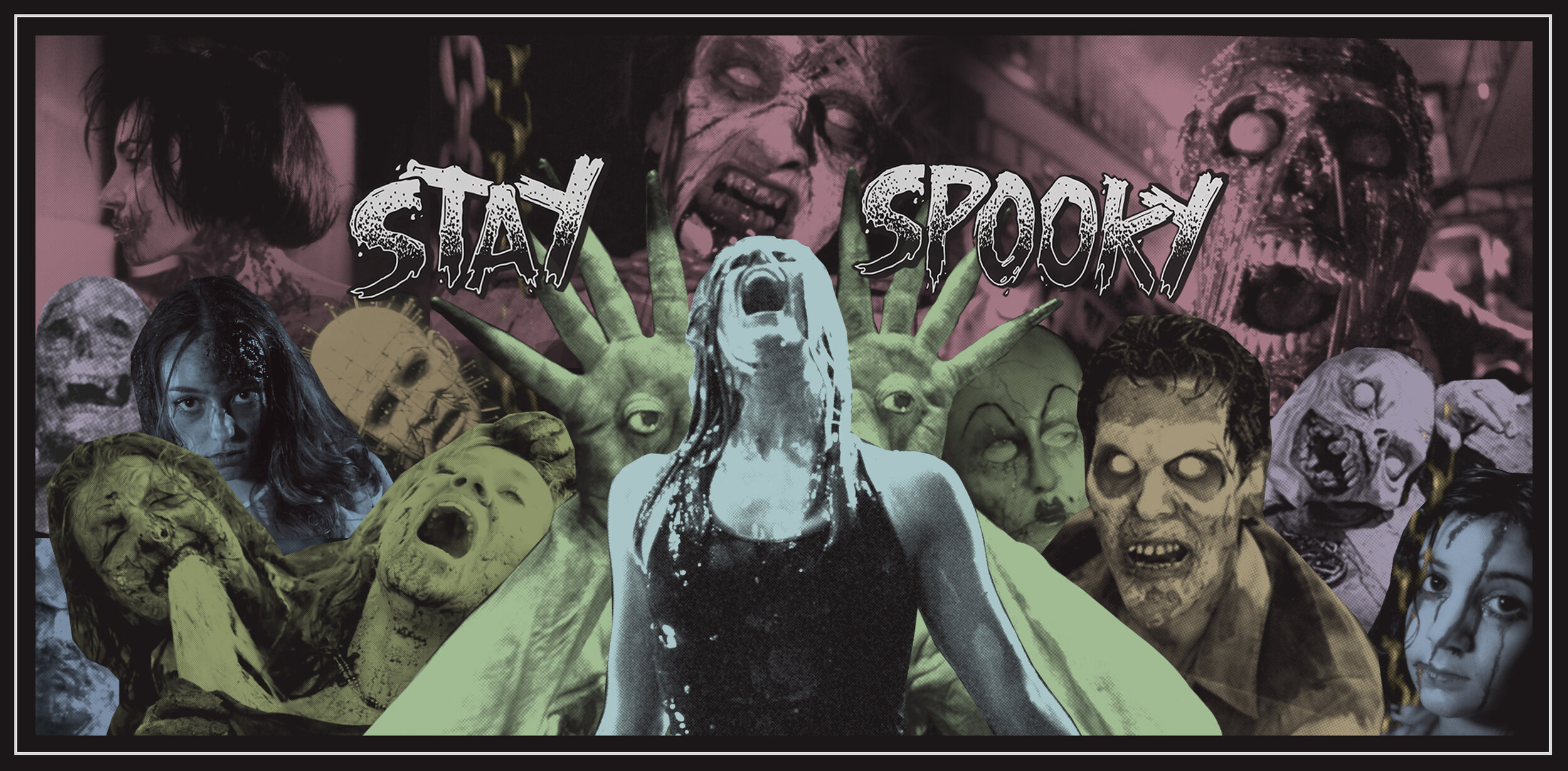Follow Me To Ground - Elevating the Bar of Irish Horror Fiction
With roots arcing back to cult classics like Sheridan Le Fanu’s Carmilla (1872) and Bram Stoker’s Dracula (1897), the island of Ireland is no stranger to the gruesome terrain of horror fiction. It has also yielded an impressive array of female horror writers. Dorothy McCardle’s The Uninvited, was published to critical acclaim in 1942 and was soon followed by two more gothic masterpieces The Unforeseen (1951) and Dark Enchantment (1953). In recent years, a spate of memorable additions have joined the ranks. Martina Devlin wove an eerie tale around the Islandmagee witch trials of 1711 with her novel, The House Where It Happened, Ruth Gilligan’s The Butchers fictionalized the meaty horrors surrounding Ireland’s ‘mad cow disease’ crisis of 1996, and Sue Rainsford has since followed with her haunting debut, Follow Me to Ground.
Follow Me to Ground is a chilling tale that recounts the story of Ada, an otherworldly young healer who forges a nightmarish reality for herself when she embarks upon an illicit affair with a human from the neighboring village. When her story begins, Ada is residing with her father in a small woodland cottage where she helps tend to the various aches and ailments of the nearby townsfolk. She straddles the line between witchcraft and medicine, stewing heady citrus broths, fashioning poultices from rags and scraps of linen, and even submerging her patients - or ‘Cures’ - in a unique patch of moist, medicinal earth to speed up ‘stitch and suture.’ But Ada’s Burial Ground is not like the temperamental land that exists beyond it. The Ground, we learn, is the ‘long, long lawn’ that keeps unfathomable rules, and is the lawless place from which Ada herself has been, not born, but made.
The notion of constructed womanhood is a key thematic and directly reflects the feminist underpinnings of Rainsford’s text, echoing most obviously, Simone de Beauvoir’s famous claim that ‘one is not born a woman; one becomes one.’ This critical perspective is, of course, furthered by the fact that Ada emerges into being without either male or female genitalia. In a passage presented early on in the novel Ada tells us:
‘First time I tried to lie down with a boy, I didn’t know what I was doing. I lay down and he lay down over me and I held on tight. He went to put it in and there was nowhere for it to go and he got scared and bit me. […] By the time I took Samson inside, I’d grown myself an opening that I’d a dozen names for.
Father too pushes far beyond the boundaries of realism, engaging a magical yet monstrous corporeality. He is ‘more creaturely’ than Ada, we are told, for at night he loosens his spine, clicks his bones and, ‘leaving sense and speech behind,’ goes hunting for wild deer in the density of the nearby woods – a pastime that, perhaps rather unsurprisingly, strikes both suspicion and fear in the locals. Rainsford’s aptitude for constructing strange, elusive images is repeatedly demonstrated throughout this slim volume. The ‘wet slap’ of a woman’s womb, for example, is peeled back to reveal the unborn baby within, two obstructed lungs, slick with blood and mucus, are also retrieved at one point and stored for days in an enamel bowl in Ada’s pantry, while bodies – penetrated, invaded, and bearing open wounds – are passively put to ground to ‘sleep [their] sickness away.’ Rainsford’s treatment of the body contributes greatly to the novel’s unsettling atmosphere. It evokes a fever-dream surrealism similar to that of Han Kang’s The Vegetarian and in doing so, opens up a conversation around the supposed structures and stabilities that constitute traditional understandings of sex, gender, and the ‘unified’ self.
If this isn’t enough to get you reading, Rainford is also a writer on intimate terms with the complexities of language. Ada’s narrative - interjected by brief testimonies from local Cures - is replete with rich, earthy prose that mirrors the wild and ever-fluid nature of the natural world. Skies are ‘hazardous’ with an ominous ‘silver sheen,’ the air, ripe with ‘that rubbery, skidding-wheel scent’ that marks a storm. The novel’s manipulation of metaphor is equally mesmerizing. The Ground, and The Burial Ground within it, articulate the conflicting stereotypes that have been historically ascribed to the female body. Where one sustains and nurtures, the other gorges and consumes with an unapologetic ferocity that eventually monopolizes the novel.
As the book progresses, Ada gradually leans into the transgressive symbology of the fictive female witch. She seizes agency. She betrays her father to pursue her own desires and consequently, the horrific elements of Rainsford’s vision climb to dizzying new heights. Folk-horror staples are merged with scenes of physical and psychological possession and the maddening suspense built in the first one-hundred or so pages becomes genuinely terrifying.
Overall, Follow Me to Ground is an astounding novel that confidently elevates the bar of Irish horror fiction. It’s sophisticated, it’s stylish, and with its cast of unforgettable characters and an arsenal loaded with beautiful, poetic oddities, it is sure to hold you to ransom until the very last page. Sue Rainsford is, most definitely an author not to be missed.
Don’t want to miss anything on the site? Sign up for our newsletter HERE
Want more spooky reads? Just search below.


